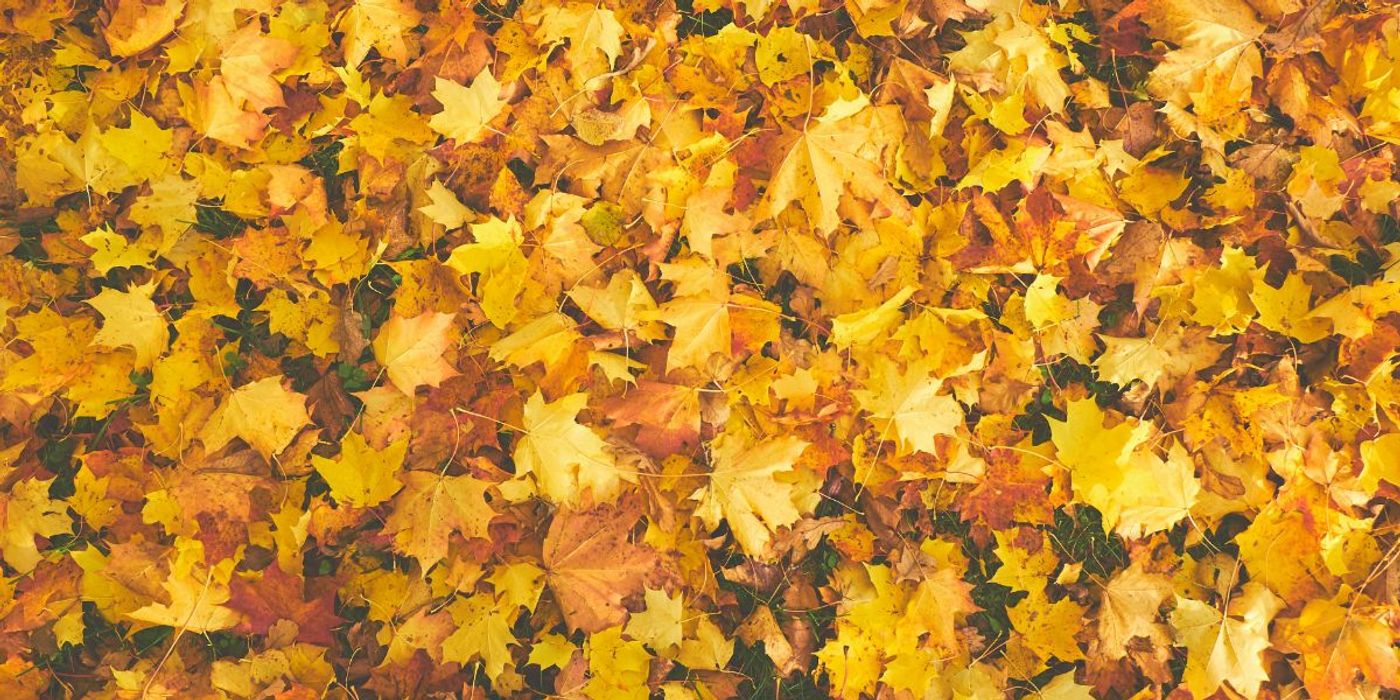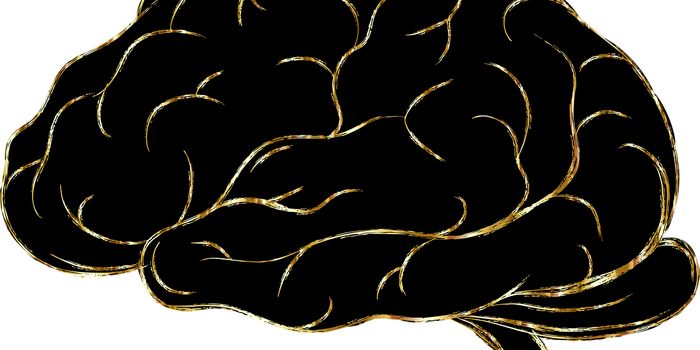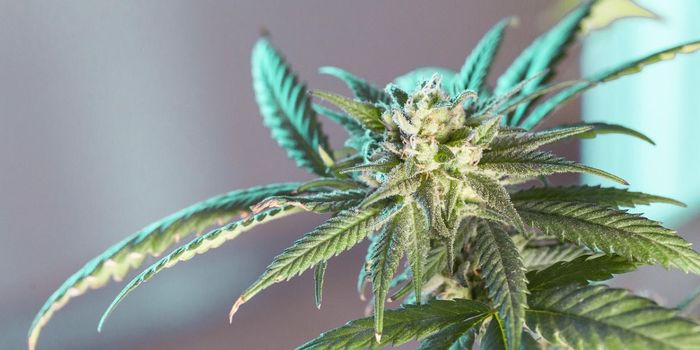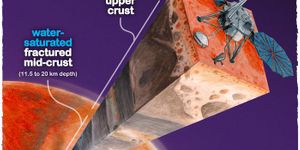Moral Values Change with the Season in America
New research indicates that support for certain moral values fluctuates with the season, with values like loyalty and authority being more strongly endorsed in the spring and autumn. The corresponding study was published in PNAS.
For the study, researchers analyzed data from 233,000 questionnaire responses taken between 2011 and 2020 that assessed how much people in America endorse five moral values:
- Loyalty- devotion to one’s group and maintaining strong group bonds
- Authority- respecting and following leadership and established rules
- Purity- cleanliness, sanctity, and upholding tradition
- Care- prioritizing kindness and preventing harm to others
- Fairness- ensuring equal treatment for everyone
The researchers grouped loyalty, authority, and purity together, calling them ‘binding values’ as they encourage conformity to group norms and align with modern political conservatism. Meanwhile, care and fairness were considered to be more liberal due to their focus on individual rights and welfare.
Ultimately, the researchers found that respondents tended to endorse ‘binding’ values more strongly in the spring and autumn compared to summer and winter, and that this pattern was consistent over the 10-year study period. Meanwhile, endorsement for binding moral values tended to decrease in the summer, with a more pronounced effect in areas with more extreme seasonal climate differences. The researchers further found similar seasonal cycles in support of binidng moral values in Canada and Australia, but not the UK.
“We noticed that anxiety levels peak in the spring and autumn, which coincides with the periods when people endorse binding values more strongly. This correlation suggests that higher anxiety may drive people to seek comfort in the group norms and traditions upheld by binding values," said senior study author Dr. Mark Schaller, a professor of psychology at the University of British Columbia.
The findings have potentially broad implications. For example, seasonal variation in moral values may influence the outcome of elections and legal judgments, as well as adherence to public health guidelines like social distancing during the COVID-19 pandemic.
The researchers now aim to further research the link between anxiety and moral values and investigate how these patterns influence prejudice and legal judgments.
Sources: Neuroscience News, PNAS









